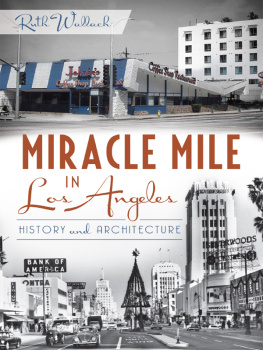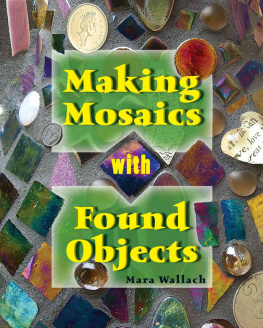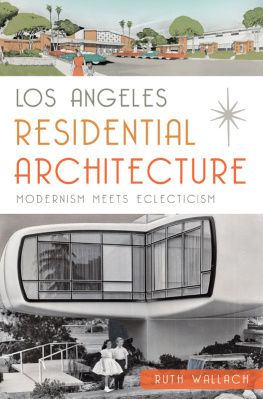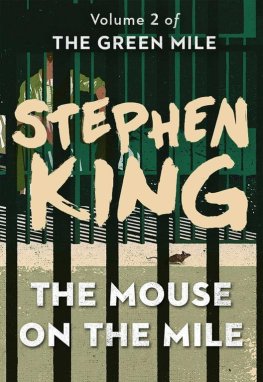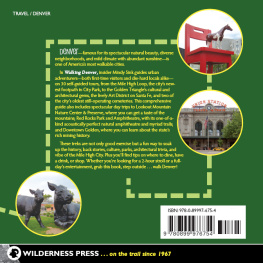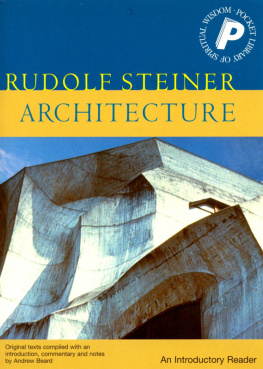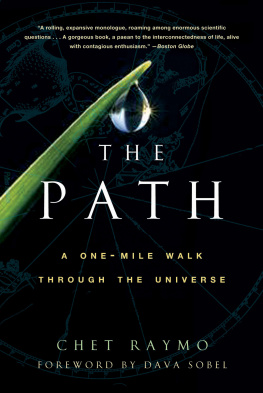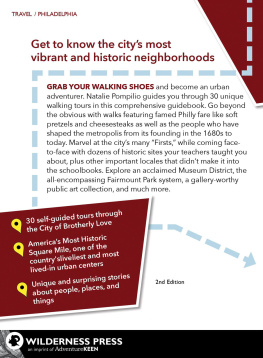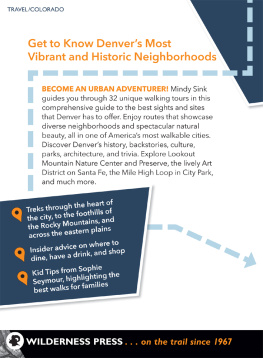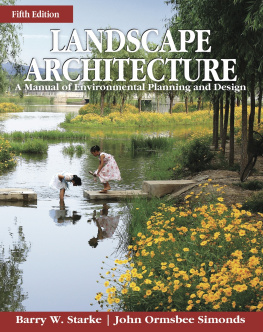
Published by The History Press
Charleston, SC 29403
www.historypress.net
Copyright 2013 by Ruth Wallach
All rights reserved
First published 2013
e-book edition 2013
Manufactured in the United States
ISBN 978.1.62584.635.8
Library of Congress Cataloging-in-Publication Data
Wallach, Ruth.
Miracle Mile in Los Angeles : history and architecture / Ruth Wallach.
pages cm
print edition ISBN 978-1-60949-593-0 (pbk.)
1. Wilshire Boulevard (Los Angeles, Calif.)--History. 2. Wilshire Boulevard (Los Angeles, Calif.)--History--Pictorial works. 3. Architecture--California--Los Angeles. 4. Los Angeles (Calif.)--History. 5. Los Angeles (Calif.)--Buildings, structures, etc. I. Title.
F869.L875W559 2013
979.494--dc23
2013023981
Notice: The information in this book is true and complete to the best of our knowledge. It is offered without guarantee on the part of the author or The History Press. The author and The History Press disclaim all liability in connection with the use of this book.
All rights reserved. No part of this book may be reproduced or transmitted in any form whatsoever without prior written permission from the publisher except in the case of brief quotations embodied in critical articles and reviews.
CONTENTS
ACKNOWLEDGEMENTS
This book would not have come about without the generosity of my colleagues at the USC Libraries, particularly Giao Luong Baker, digital imaging manager, and Dace Taube, curator of the Regional History Collection. Special thanks to my family for their patience during my endless descriptions of Miracle Mile, and particularly to Andrew H. Nelson for his unconditional support of my work on this book.
Many photographs in this book were made available courtesy of the University of Southern California on behalf of the USC Libraries Special Collections. Specifically, the California Historical Society/TICOR photographic collection (CHS) was created by C.C. Pierce, a commercial photographer who documented the growth of Southern California from the late nineteenth century through the 1930s. The Los Angeles Examiner photograph morgue is a collection of images that illustrate articles in the newspaper from the 1930s through the 1950s. The Dick Whittington collection was created by a commercial photographer whose studio was one of the eminent photography establishments in Southern California from the mid-1920s through the 1970s. Two photographs from the Julius Shulman Archive appear courtesy of the J. Paul Getty Trust. The rest of the photographs come from the collection of the author.
INTRODUCTION
Miracle Mile, a stretch of Wilshire Boulevard, itself considered one of the grandest avenues of Los Angeles and sometimes referred to as the Grand Concourse or the Fifth Avenue of the West, is historically one of the most significant commercial real estate developments that exemplified the spread of Los Angeles westward from its classic downtown. Conceived by a land developer named A.W. (Alvah Warren) Ross in the early 1920s, it redefined empty tracts outside of the western boundaries of the city, where farmland was giving way to residential subdivisions, into one of the most successful commercial zones in the city. Rosss real estate ventures and legal battles with city council over zoning, which were appealed to the California Supreme Court and which he eventually won, were clearly predicated on his understanding that automobile transportation would entice commercial development out of the congested downtown and closer to the suburban neighborhoods, many of which, ironically, initially developed within reach of streetcar lines. Rosss deliberate linking of commercial development to the spread of automobile transportation was of seminal historic importance. To paraphrase Reiner Banhams influential 1971 book, Los Angeles: The Architecture of Four Ecologies, Miracle Mile was the first real monument to the age of the car.
Strictly speaking, the term Miracle Mile applies to the section of Wilshire Boulevard between Sycamore Avenue, which runs just east of La Brea Avenue, and Fairfax Avenue, which forms the districts boundary to the west. However, and not unusually for Los Angeles, where geographic terminology is not always precise, Miracle Mile connotes a larger geography. Sometimes it incorporates the section of Wilshire Boulevard stretching east of La Brea all the way to Highland Avenue. Used generically, it also includes the surrounding neighborhoods, such as the Parklabrea apartment development located to the north and the residential tracts located to the south. Miracle Mile currently encompasses several cultural institutions, among them the Los Angeles County Museum of Art (LACMA), Petersen Automotive Museum, George C. Page Museum at the La Brea Tar Pits, A+D Architecture and Design Museum and the Korean Cultural Center, as well as a variety of financial institutions. It includes a number of architecturally significant buildings, mostly built in the late 1920s and early 1930s in the Art Deco and Streamline Moderne styles. Miracle Mile also has a concentration of important mid- to high-rise commercial architecture from the 1950s to the 1980s. With waves of urban redevelopment from the late 1970s onward, Miracle Mile lost several historically important buildings that linked it to the preWorld War II economy, such as the Streamline Modernestyle Coulters department store and the ornate Spanish Revivalstyle Ralphs grocery store. Recently, it also lost several mid-twentieth-century commercial buildings, the demolition of which gave way to new mixed-use apartments and condominiums.
Recognizing the historic importance of Miracle Miles architecture and commercial planning, the Los Angeles Conservancy nominated the district for listing on the National Register of Historic Places in 1984. While it was not listed on the register, Miracle Mile is recognized as a historically important part of the architectural and economic history of Los Angeles. Today, Miracle Mile is a medium-dense commercial corridor with live/work apartment dwellings that include business establishments on the ground floor. It is beginning to resemble A.W. Rosss later vision of a Manhattan-style neighborhood with a variety of amenities available to the urban dweller within walking distance. Miracle Mile is situated within a hub of public bus and car transportation and is scheduled to be on the extension of one of the subway rail lines from downtown Los Angeles. The growth of the subway will likely further alter its architectural landscape.
Needless to say, a commercial area does not develop in a vacuum, and Miracle Mile is flanked by several residential neighborhoods dating from the late 1920s to the early 1940s. These neighborhoods, although mostly composed of single-family homes, also include fine examples of apartments built in vernacular styles fashionable in the interwar period, several of which are listed on the National Register of Historic Places. Parklabrea, an important postWorld War II garden apartment complex financed by Metropolitan Life Insurance Company, is located nearby, as are several residential buildings by such notable Southern California Modernist architects as Rudolph Schindler and Gregory Ain. A residential neighborhood called Miracle Mile North, located north of Third Street, was designated by the City of Los Angeles in 1990 as a Historic Preservation Overlay Zone (HPOZ), a local designation for a historically prominent district that is relatively intact architecturally.
Miracle Mile is nearing a century since its inception, during which time its environs underwent many changes, including demographic ones. While in the 1910s and early 1920s its natural landscape was still one of undeveloped rancho lands, it was also known for a vast oil field and a commercial airport that catered to early Hollywood film stars. During the 1930s and into the postWorld War II period, many Jewish families moved to this area from the eastern side of Los Angeles, something that is still evident on Fairfax Avenue and in parts of Pico Boulevard, with their many small Jewish shops, grocery stores and historic Canters Deli. Miracle Mile is within the Fairfax District eruv, a demarcated area that allows observant Jews to carry certain items on the Sabbath without violating the biblical injunction to rest on this day.
Next page
